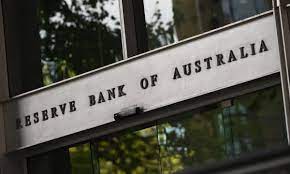Data released on Wednesday revealed Australia’s July inflation rate falling below expectations, reflecting a global trend. This development supports the Reserve Bank of Australia (RBA) in maintaining its current interest rate policy at its meeting next week.
Inflation Continues to Ease
Figures from the Australian Bureau of Statistics indicate that the Consumer Price Index (CPI) rose by 4.9% year-on-year in July, below economists’ projected 5.2% increase. This marks the third consecutive month of decreasing inflation. The RBA had previously anticipated reaching a 2-3% inflation target by the end of 2025.
Excluding volatile components, Australia’s core CPI increase for July was 5.8%, down from June’s 6.1%.
Policies Show their Impact
The moderation in consumer price growth is attributed to government subsidies offsetting the rise in energy costs. Michelle Marquardt, Head of Prices Statistics at the Australian Bureau of Statistics, noted:
“If we exclude the impact of rebates from the data for July 2023, electricity prices would have shown a monthly increase of 19.2%.”
After twelve consecutive interest rate hikes, the Reserve Bank of Australia decided to pause this month to assess the effects of its tightening policies.
Earlier data this week showed retail sales in July exceeding expectations, indicating robust household spending in Australia. However, on an annualized basis, consumption remained stable.
In contrast, the labor market continues to defy the RBA’s interest rate increases, with strong recruitment and an unemployment rate ranging from 3.5% to 3.7% over the past year.

